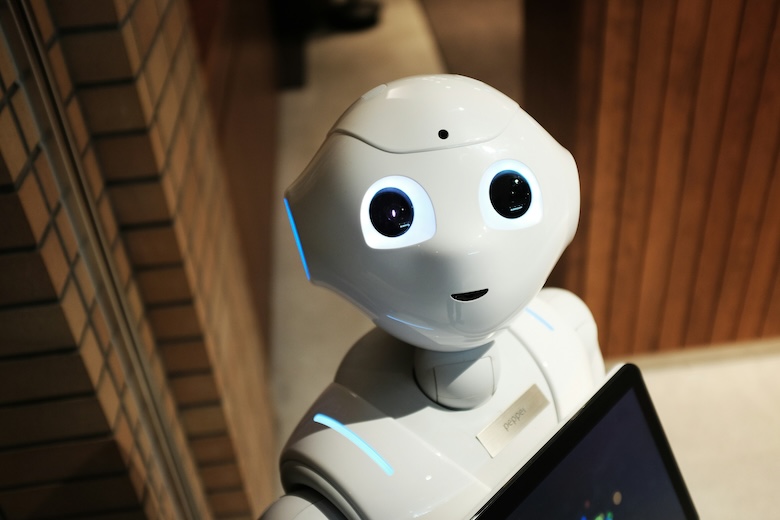
Humanoid robots, designed to mimic human behavior and appearance, are a fascinating blend of technology and biology. These robots can emulate human interactions, expressions, and movements. They may possess a torso, head, two arms, and two legs or only replicate certain parts of the human body. Some are even crafted to aesthetically mirror humans with heads that imitate human facial features like eyes and mouths.
The application of humanoid robots spans across various sectors including medicine, biotechnology, biomechanics, and cognitive science. They play pivotal roles in developing sophisticated prosthetics, aiding patient rehabilitation processes, and automating tasks in industries such as logistics, manufacturing healthcare, and hospitality.
The market for these humanoid robots is anticipated to witness substantial growth due to their diverse applications. These include inspection duties, maintenance work, disaster response activities, space exploration missions, providing companionship for the elderly population as well as customer interaction roles. There’s also potential for them to contribute significantly in the field of medical science by growing human transplant organs.
Applications of Humanoid Robots
Various sectors are finding diverse applications for humanoid robots. Here are some typical examples:
- Hospitality: In roles related to customer service, humanoid robots serve as concierges, bartenders, and welcoming hosts.
- Education: Robots such as Nao and Pepper contribute to educational environments by creating content and teaching programming.
- Healthcare: In healthcare settings, humanoid robots offer services like conveying patient data and monitoring vital signs.
Furthermore, industries such as logistics, manufacturing, healthcare, and hospitality are increasingly incorporating humanoid robots due to the potential advantages they offer in safety and efficiency. The market for humanoid robots is predicted to experience substantial growth, with its value expected to rise from $1.8 billion in 2023 to more than $13 billion within the following five years.
Despite existing challenges like enhancing battery life, mobility, agility, and processing capabilities, it’s anticipated that humanoid robots will become increasingly common across various sectors in the upcoming years.

